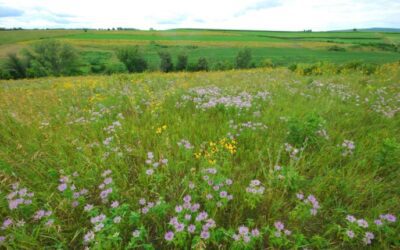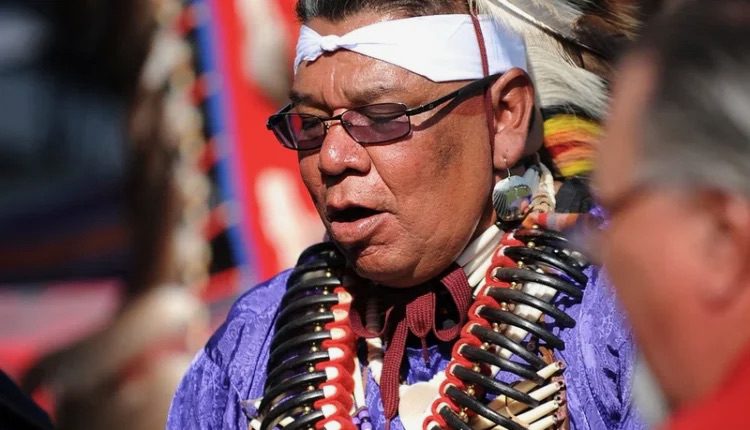
Photo courtesy of the U.S. Department of Defense.
Iowa is one of many states that have replaced Columbus Day with Indigenous Peoples’ Day, and there are many ways to recognize the holiday in 2024.
Indigenous Peoples’ Day is honored on the second Monday of October every year. This year, that’s October 14.
The holiday, which is also known as First Peoples’ Day and Native American Day, is recognized on the same day as Columbus Day, the federal holiday that’s historically celebrated Christopher Columbus’ supposed discovery of the New World.
As we know, though, Columbus didn’t discover anything—he landed on a continent that already housed countless Indigenous tribes, and the arrival of Europeans ultimately resulted in the forced movement and, worse, genocide of Indigenous peoples. This is precisely why many people don’t acknowledge Columbus Day, opting instead to recognize and uplift Indigenous people, voices, and cultures on this day.
Several states have officially recognized Indigenous Peoples’ Day in lieu of Columbus Day, including Iowa. According to CNN, this move for Iowa came in 2018, when Governor Kim Reynolds officially changed the holiday’s name statewide. Other states following this path include California, Wisconsin, Nevada, and more, plus Washington DC.
If you’re ready to join the movement and support Indigenous Peoples’ Day in 2024, here are the best ways to recognize the holiday:
Attend a local Indigenous Peoples’ Day event
Getting out into your community is one of the best ways to recognize Indigenous Peoples’ Day. You can connect with local business owners, artists, and more, which can create long-lasting relationships that will allow you to support this community more in the future, too. While only a couple of public events have been publicly detailed so far at the time of writing, checking for events in your area once the holiday is closer would be wise. In the meantime, here are two events you won’t want to miss:
1. Indigenous Iowans Day (Urbandale)
Also known as the Ioway people, the Iowa are a Native American tribe native to the region now known as the state of Iowa, and on Saturday, October 12, you can attend an event called Indigenous Iowans Day and hosted by Living History Farms from 9 a.m. to 4 p.m. to recognize them. The event promises to include presentations, crafts, and more, which will all help educate people on and immerse them in the region’s Native cultures. Admission is $19.
2. Evening of Music and Poetry (Iowa City)
This Oct. 14 event is helmed by the Indigenous Art alliance, featuring performances from two singers and a few writers, including poets. The event will be held at 26 East Market St. from 7 p.m. to 9 p.m. in honor of Indigenous Peoples’ Day, and you may just find your next favorite local musician or writer.
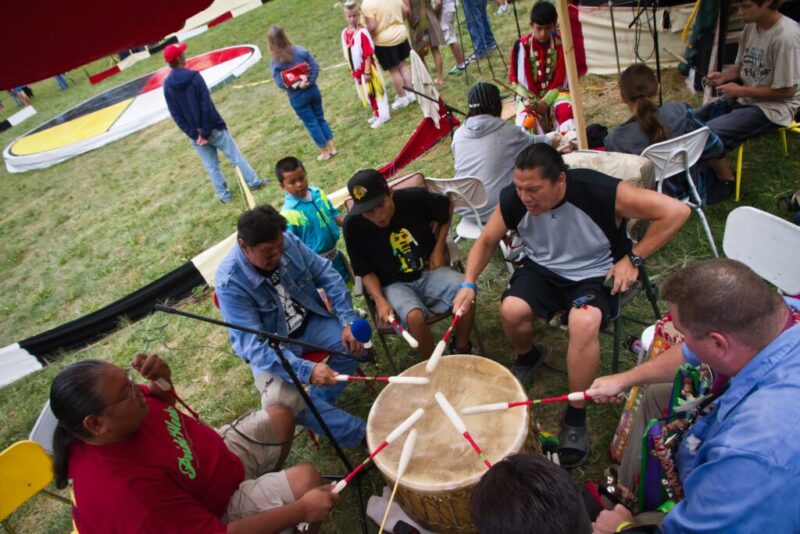
Photo courtesy of Jason Mrachina/CC BY-NC-ND 2.0.
Donate to relevant organizations and causes
Putting funds directly into marginalized people’s hands or into those of organizations that aid them is always one of the best ways to recognize diverse voices and communities. After all, there’s a large pay disparity between Indigenous individuals and non-Indigenous folks nationwide, making mutual aid crucial. Thankfully, there are several organizations you can donate to:
1. University of Iowa’s Native American Student Association
The Native American Student Association at the University of Iowa is composed of Indigenous students who are working to make their voices heard on campus in hopes of creating a safe space for them to flourish, both socially and academically. The students host events throughout the school year, including for Indigenous Peoples’ Day, with their most notable one being an annual powwow held each spring. All are welcome at the powwows, allowing non-Indigenous students to learn more about Indigenous culture and recognize their peers more fully. Donations made to the Native American Student Association help further these events and goals.
2. Meskwaki Annual Powwow Committee
The Meskwaki Annual Powwow Committee also puts on a yearly event, and it’s a big affair every August in Tama. Like with the University of Iowa students, attending a powwow is one of the best ways to learn about Native cultures, and you can even donate funds to help the committee continue practicing and sharing their culture. And if you’re unsure what to wear or do at a powwow, don’t worry—the committee has an etiquette guide on its website.
3. The Native Center for Behavioral Health
Also located at the University of Iowa, the Native Center for Behavioral Health aims to “[develop] programs to support the behavioral health workforce in Native American and Alaska Native communities” nationwide, according to its website. One project is aimed at aiding the mental health of Native folks in specific parts of the state. Indigenous communities often have fewer financial resources and access to critical medical care, including mental healthcare, so donating to this center could help close the gap.
4. Great Plains Action Society
Previously named Indigenous Iowa, the Great Plains Action Society works to “address the trauma that Indigenous Peoples and the Earth face” due to colonization and capitalism, as its website explains. And it’s walked the walk—the society participated in the 2016 Dakota Access Pipeline protest movement (also known as NoDAPL) by creating awareness of the issue and, more specifically, “bridging the gap between Indigenous communities and rural landowners,” according to its website.
Educate yourself at Indigenous museums
If you can’t make it to a specific event in honor of Indigenous Peoples’ Day, you can always visit an Indigenous museum when your schedule allows. These museums are typically operated by Indigenous people, so not only do your entrance fees help support an Indigenous-run business, but you also know that what you’re seeing is authentic. Here are a few to check out in Iowa:
1. Meskwaki Cultural Center & Museum
The Meskwaki Cultural Center & Museum is located in Tama, and it’s open from Monday to Friday every week. Here, visitors are exposed to various items and art from Meskwaki culture, with the museum’s website noting that some have long been preserved while others were returned to the area after being taken away from Meskwaki land. The museum also holds workshops and hosts speakers.
2. Indian Artifact Museum
Located in Keosauqua, the Indian Artifact Museum is situated in a wood cabin and sees visitors being guided throughout the space to be exposed to Indigenous history in the form of carefully curated and archived items and art. Tours at the Indian Artifact Museum are free; just note that it’s only open for a few hours on Saturday and Sunday each week, so you’ll need to plan your trip accordingly.
3. Native American and Natural History Museum
Eldora’s Native American and Natural History Museum can be found in the Calkins Nature Center and emphasizes the connection between humans and nature, a fact that’s historically been incredibly important for Indigenous cultures. As its name implies, part of the museum specifically focuses on Iowa’s ecological development and history—including its fire ecology, native wildlife, its various ecosystems, and more—while another part focuses on the human portion of the state’s past, including stone tools, beaded artifacts, and artifacts made of bones, among other Indigenous items. This museum is perfect for folks who desire a full picture of Iowa over the years.
4. Carnegie Historical Museum
The Carnegie Historical Museum can be found in the building that formerly housed Fairfield’s Carnegie Library, which was ultimately relocated in the mid-1990s, according to the museum’s website. Now, people visit the building for the third floor’s Carnegie Historical Museum, which hosts myriad Indigenous artifacts in its “Fairfield History Exhibit,” allowing people to get a sense of the area pre-colonization. What’s even better is that this museum has an expansive 3D tour on its website, so you can get lost in Fairfield’s history no matter where you are in the world.
5. Stanley Museum of Art
While not strictly an Indigenous museum, the University of Iowa’s Stanley Museum of Art, located in Iowa City, has a collection titled “Indigenous Art of the Americas,” featuring the work of Native people from across North America. You can witness art not only from local tribes but also from Indigenous Mexicans, and more. There’s no admission fee, and the Stanley Museum of Art is open every day except Mondays.

Photo courtesy of Cullen328/CC BY-SA.
Read up on Iowa’s Indigenous history
Books are knowledge, and knowledge is power. That might sound simple, but when it comes to marginalized voices and cultures, the onus of educating people shouldn’t fall on the marginalized person or community. Instead, we should commit ourselves to learning so that we can, in turn, uplift their voices and cultures.
Here are a few books you can check out that specifically detail Iowa’s Indigenous history:
1. “The Indians of Iowa”
Written by Lance M. Foster and published by the University of Iowa Press, “The Indians of Iowa” recounts in detail the state’s long Native history, guiding readers through various tribes in an effort to showcase that Indigenous cultures are all different—and the land now known as the US state of Iowa was once home to diverse populations. Amazon reviewers note that the book has a lot of information packed into it, so you may want to take your time with this one. You’ll get the most out of it if you take it slowly and really digest it.
2. “Iowa Native Americans”
This children’s book by Carole Marsh is a great primer for Indigenous history in the state, making it perfect not only for the kiddos in your life, but also you—if you need a place to start before, say, diving in deeper. Like the previous book, this one also goes tribe by tribe, granting readers an overview of the myriad peoples who have long called Iowa home. In fact, this book details plenty of cultural differences between the tribes.
3. “Encyclopedia of Iowa Indians”
Finally, if you’re interested in reading about specific Native Americans, you should check out Donald Ricky’s “Encyclopedia of Iowa Indians.” In our opinion, this would be best read after the aforementioned books so that you enter it with a lot of familiarity with the state’s history and peoples, but we don’t doubt that you’ll get plenty out of this even if you start with it. In addition to walking you through a number of historically impactful Indigenous folks, this book offers information about the US government’s role in the systematic oppression of Native peoples over several centuries. When read together, these books can paint a big picture of Iowa’s past—and present.
This article first appeared on Good Info News Wire and is republished here under a Creative Commons license.

7 Iowa zipline adventures for every thrill level
Iowa’s many ziplines offer experiences ranging from heart-pumping to relaxing. Discover the Iowa zipline best suited for your preferred thrill...
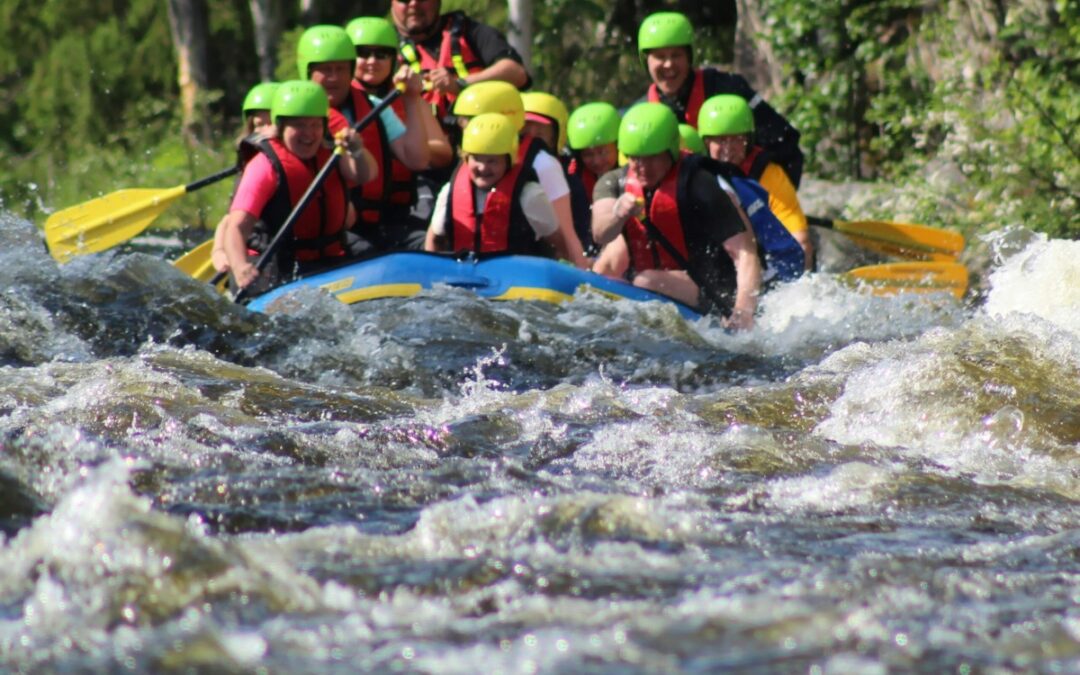
River rafting in Iowa: What to know & where to go
Interested in river rafting in Iowa? To help you plan your next trip, here’s a list of some of the best spots, along with other helpful info you...
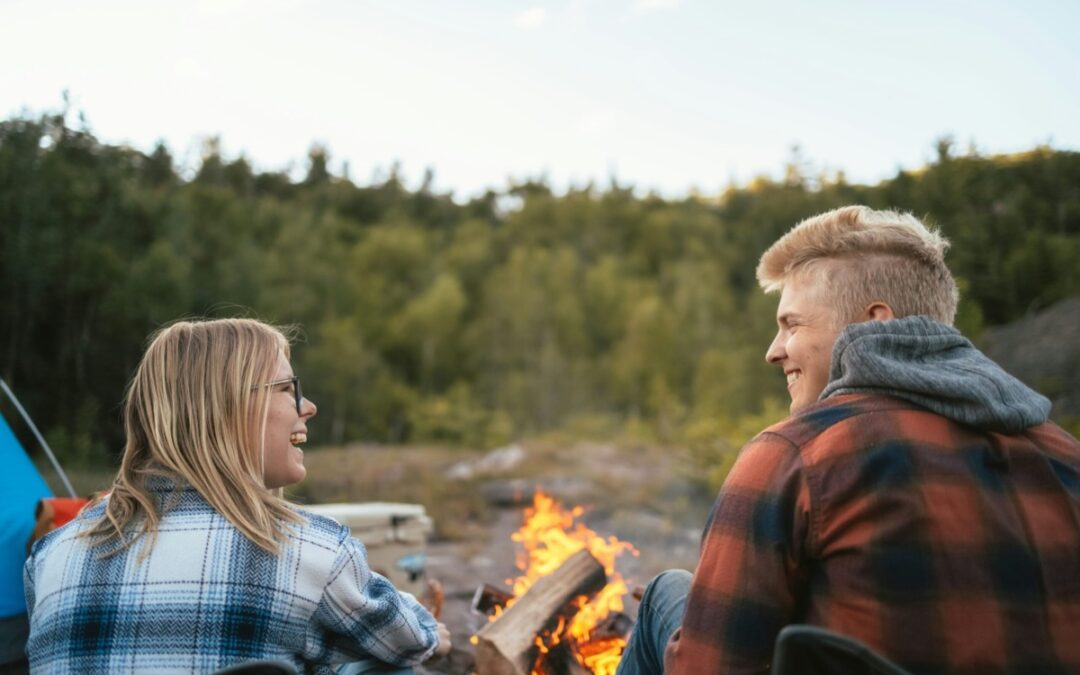
Things to do as an adult in Iowa that rival summer camp fun
Do you miss the feeling of going away to summer camp now that you’re an adult? Here are some things to do as an adult that rival that level of fun....

Plenty of putt-putt: 11 mini golf courses in Eastern Iowa
Mini golf is a fun activity for people of all ages, especially on outdoor courses during the warmer months. Check out this list of mini golf courses...

Fly fishing in Iowa: 6 beautiful & bountiful spots
Fishing is a popular pastime, but fly fishing offers a distinct experience. Here's a list of the best places to go fly fishing in Iowa. Fly fishing...
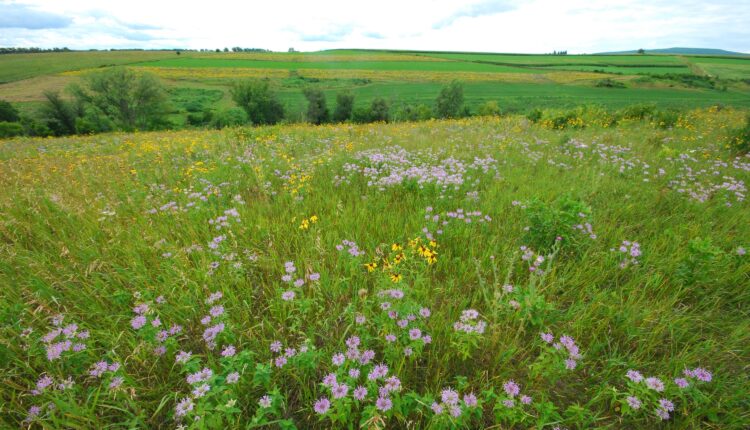
Want to see wildflowers in Iowa? Head to these 8 trails
Spring has sprung, and Iowa is officially in bloom. Check out these eight trails for the best views of wildflowers in Iowa. “In Bloom” has been my...


